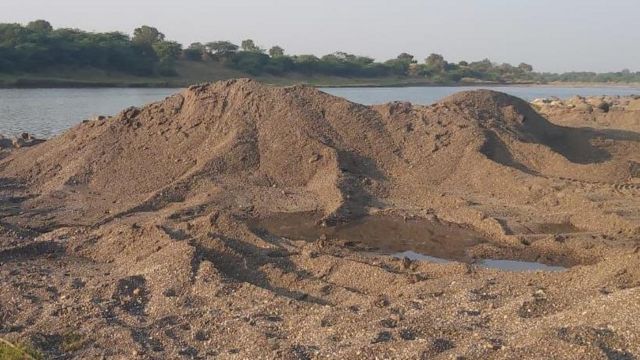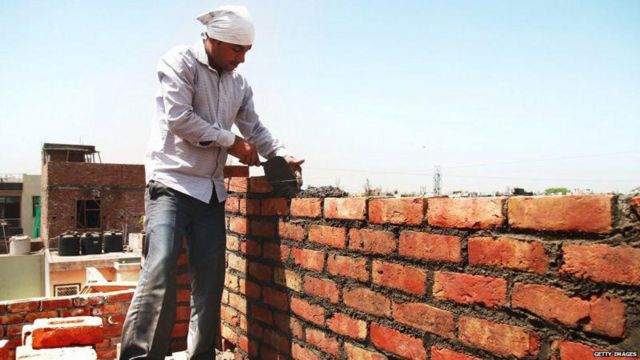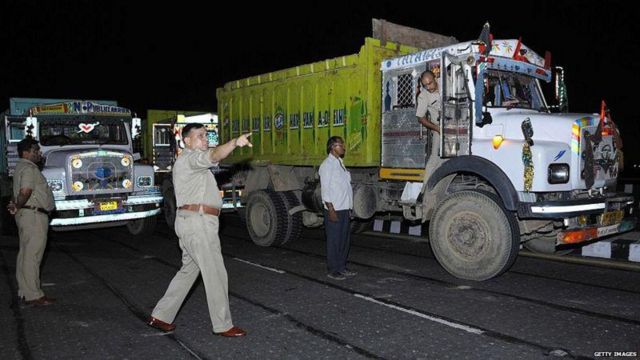In this article we will discuss terminology about precast paving blocks.
simply, Your question about paving block, "what is mean by.....?" will be end here.
In recent years paving blocks is getting widely used to complete the finishing works of many building sites as earlier as possible. paving blocks is used to prepare jogging tracks, walkways, parking spaces, footpaths etc.
In this article we will discuss about terminology about precast paving blocks.
simply, Your question about paving block, "what is mean by.....?" will be end here.
👉Actual Dimension — Measured dimensions of a paver block.
👉Arris — Part of a block where two faces meet which can be bevelled, rounded, chamfered, or splayed,
👉Aspect Ratio — The ratio of length to thickness of a paver block.
👉Backing Layer — Layer of concrete on the lower face of a two-layer paver block, made of material same as or different from that used in the wearing ”layer of the block.
👉Bed Face — That surface of a paver block which, when paved, comes in direct contact with the bedding material.
👉Chamfer — Bevelled arris.
👉Chased Side Face — The side face of a paver block, having a recessed profile.
👉Colour — Appearance of a paver block due to pigment used in concrete, other than natural cement colour.
👉Complementary Product -A pre-cast usually of the shape of part ‘of a block, used for fitting into gaps remaining in a block-paved area, for complete coverage of paved surface.
👉Draw — Intended angle of the side face from the vertical plane over the full height of a paver block
👉Efflorescence — White deposit formed on paver blocks due to diffusion of calcium hydroxide (solution slaked lime) present in cement, together with various dissolved salts, onto the external surface.
👉False Joints/Grooves — Regularly shaped depressions on the wearing layer of a paver block.
👉Format — Work dimensions of a paver block, specified in the order of overall length, overall width and thickness.
👉Interlocking Mechanism — The mechanism which allows adjacently paved blocks to key into one another and facilitates the sharing of shear, bending and thrust forces between adjacent blocks in a paved system.
👉 Interlocking/Dentated/Inter-connected Paver Blocks — Paver blocks which key into one another on some or all vertical faces, when paved in any pattern.
👉Length— Shortest distance between farthest opposite vertical faces of a parallelepiped enclosing a paver block, excluding the dimensions due to any spacer nibs.
👉Overall Length — The longer side of a rectangle with the smallest area enclosing a paver block, excluding any spacer nibs.
👉Overall Width — Shorter side of a rectangle with the smallest area enclosing a paver block, excluding any spacer nibs.
👉Plan Area — Horizontal area bounded by the vertical faces of a paver block, excluding the area due to any spacer nibs.
👉 Paver Block — Solid, un-reinforced pre-cast cement concrete paving units used in the surface course of pavements, with minimum horizontal cross-section of 50mm from any edge in any direction, having aspect ratio not more than four, except for complementary products.
👉Pigment — Synthetic or natural colouring agents used in the-concrete mix to produce coloured paver blocks.
👉Secondary Processing — Manufacturing process to texture the upper face of a paver block, executed before or after hardening of manufactured block.
👉 Side Face — That face of a paver block which is generally in the vertical direction when paved and which faces adjacent block.
👉Skid -Resistance — Resistance to relative movement between a vehicle tyre and the trafficked surface of a-pavement.
👉Slip Resistance — Ability to resist relative movement between a pedestrian foot and the trafficked surface of a pavement.
👉Spacer Nibs — Small protruding profiles on the vertical face of a paver block used as a device for keeping minimum joint gap while paving blocks.
👉Squareness — Normally between the vertical faces of a paver block and the horizontal wearing surface, and parallelism between wearing surface and lower horizontal surface.
👉Surface Relief — Regularly shaped protrusions on the wearing surface of a paver block.
👉Surface Texture — Microscopic and macroscopic features of the wearing face of a paver block.
👉Thickness — Vertical distance between the upper face and bed face of a paver block.
👉Wearing Layer — Layer of concrete or mortar on the upper face of a two-layer paver block, made of material same as or different from that used in the backing layer of the block.
👉Wearing Face — That surface of a paver block which, when paved, faces the atmosphere and which is directly subjected to loading and movement of vehicle tyres or pedestrian traffic.
👉Wearing Face Area — Horizontal area bounded by the vertical faces of a paver Mock, minus the area reduced due to the presence of arris.
👉Width — Shortest distance between nearest opposite vertical faces or corners of a paver block.
👉Wipe — Fine cement mortar slurry applied to the upper face of a paver block or supplementary product.
👉Work Dimension — Any dimension of a paver block specified for its manufacture, to which the actual dimension should conform, within specified permissible tolerances.
Keywords-patio, Precast, paving, block, terminology, concrete, concrete block edging, turfstone pavers, garden block edging, concrete brick pavers, block paving bricks
If you liked this blog, Please share this with your friends to increase there knowledge.






















